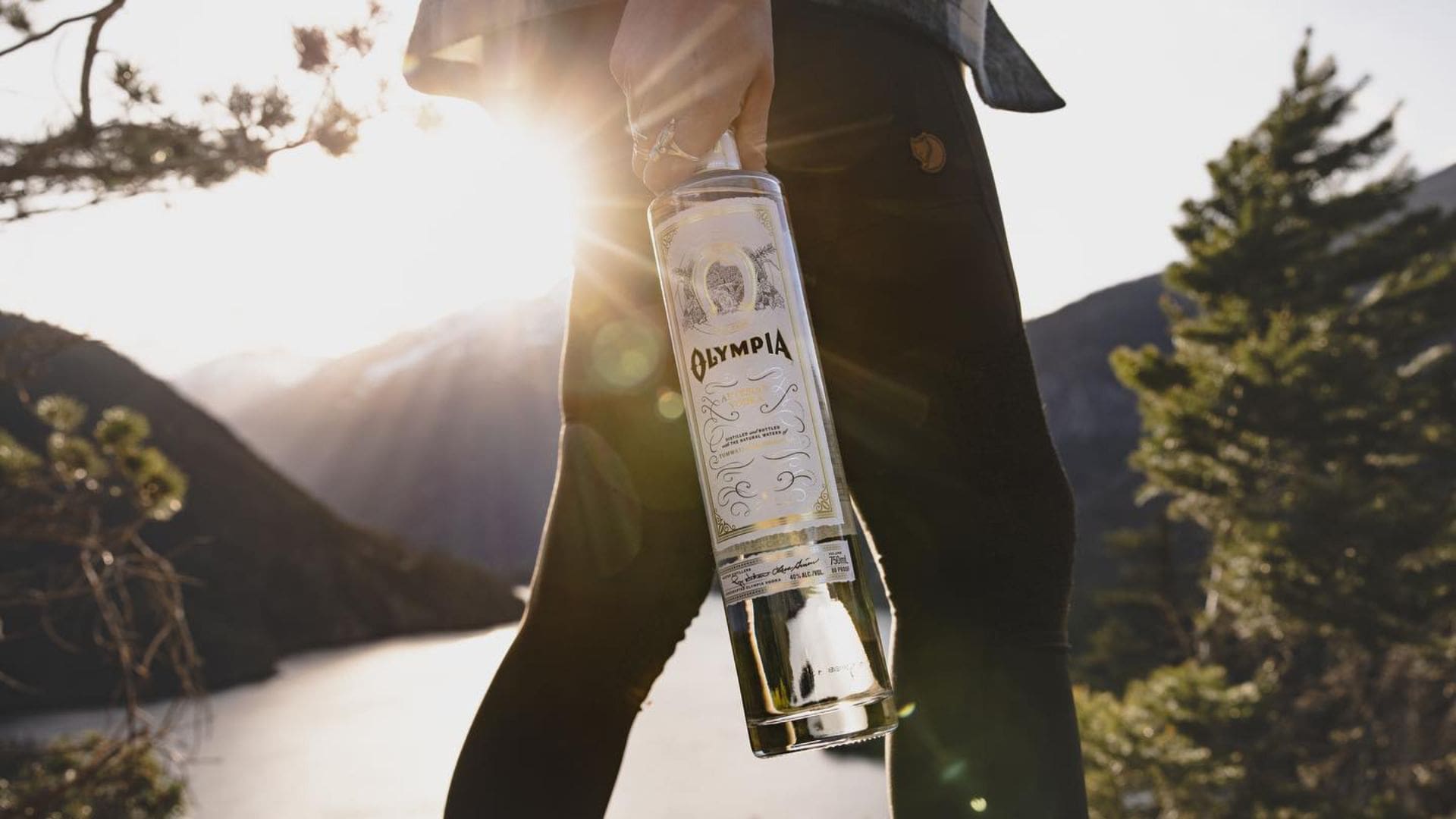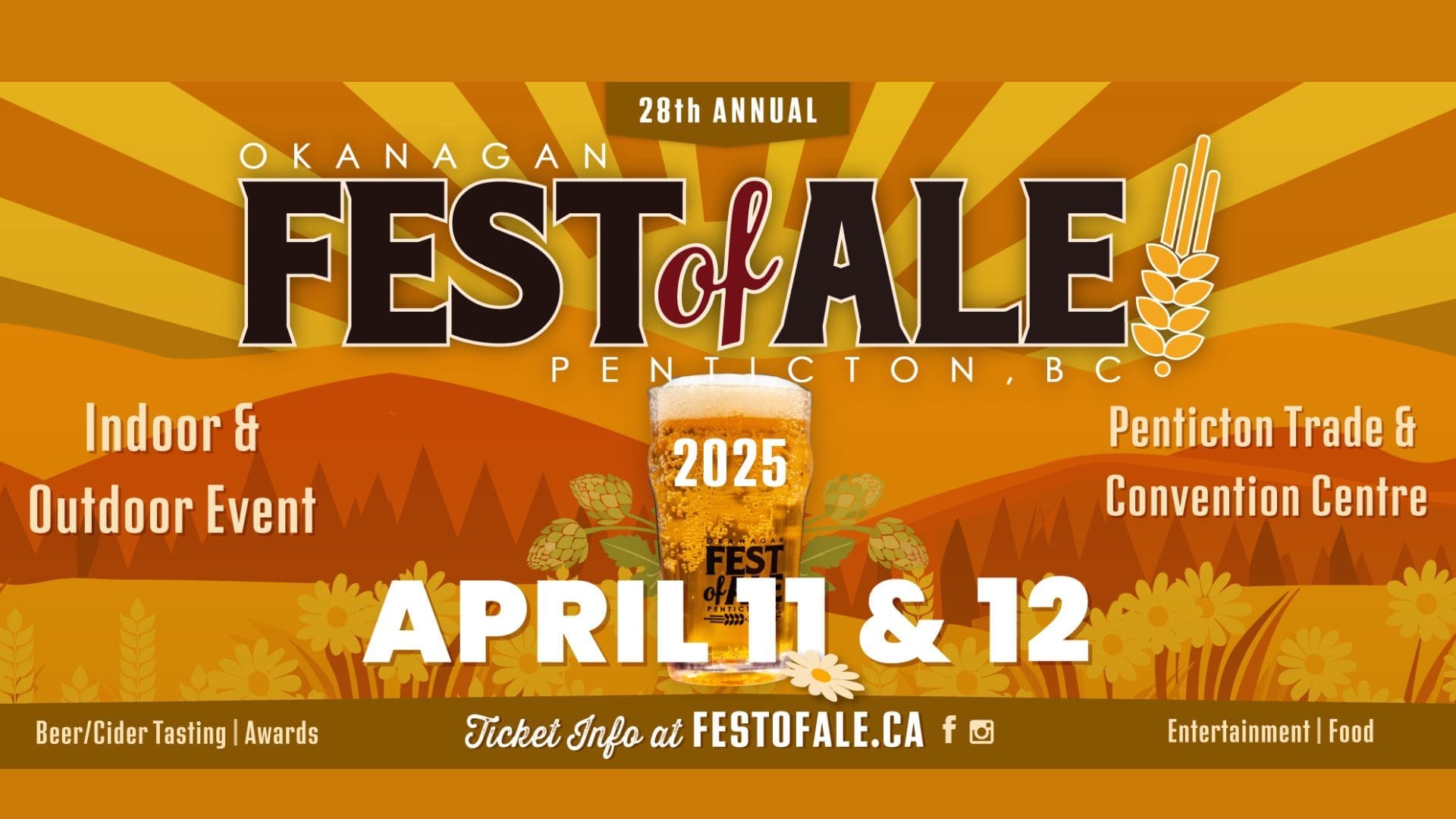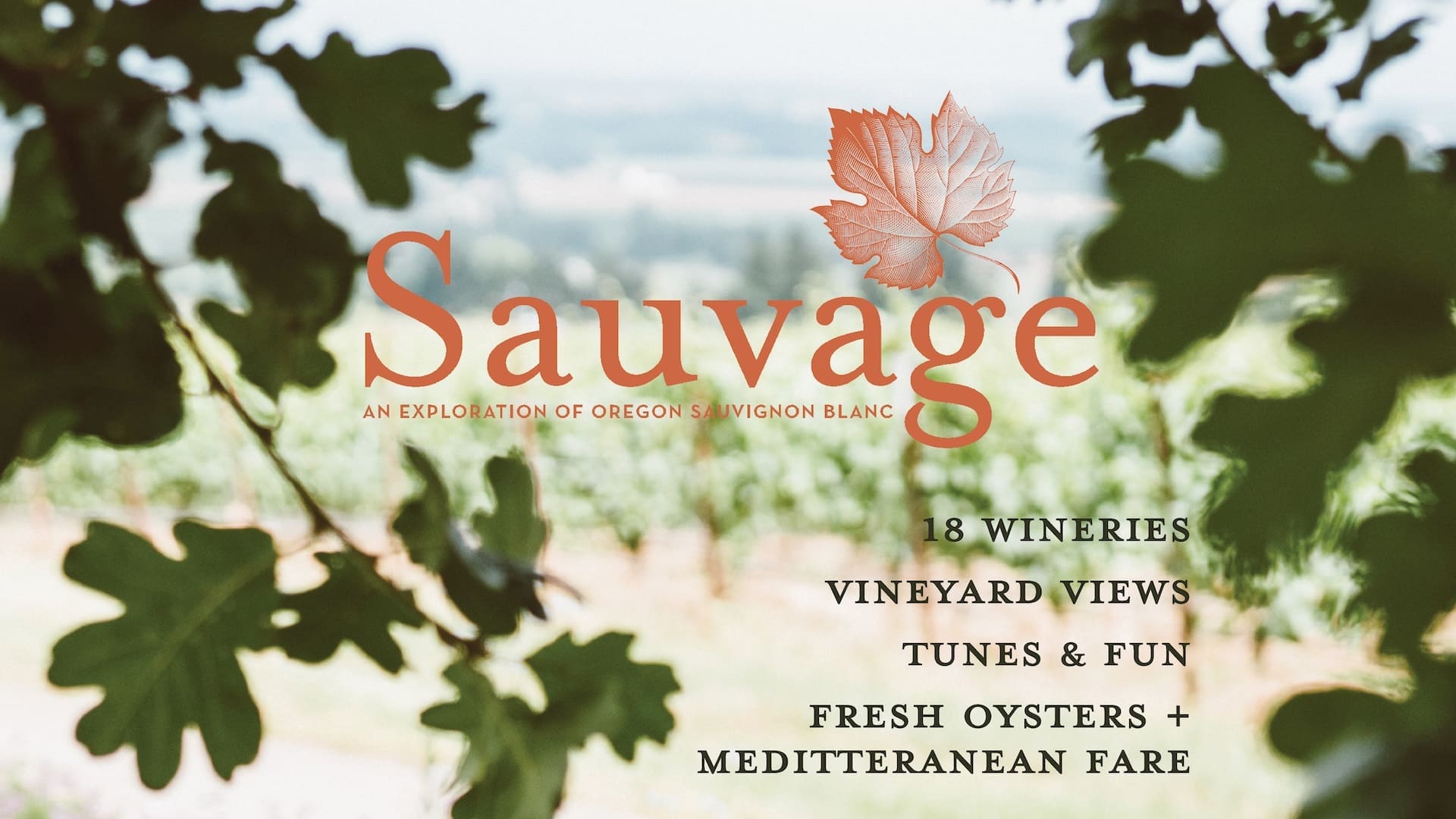We take it for granted today—the ability to open the freezer door and immediately have a quick solution for chilling your drink. Yet it was not always so. There was a time where ice was a commodity; a thing reserved for special occasions, and the occasion would come at a cost. Before the days of freezers and electricity, ice could only be obtained in warmer climates by transporting it from colder regions, or finding a convenient cave that had ice in it. In the place of freezers, there would be “ice boxes,” insulated metal boxes meant to house ice for long stretches. But as freezers came, the reverence for ice degraded to the weakest link in the drinks equation. But, perhaps this was a mistake…
“Ice is important for several reasons, the least of which actually just to add to a drink to keep it cold,” Jamal Hassan, bar manager at Portland’s Mediterranean Exploration Co., says. “The process of chilling a drink, be it by shaking or stirring, comes from its contact with the ice. In every cocktail you are served, anywhere from 15-40 percdnt of it is water from melting ice during this process. Being able to have control over this process is one of the most important techniques in cocktail making.”
Today, it may seem like a common request to order a drink on the rocks, but 200 years ago it would have been unheard of. Many alcohol historians cite Frederic Tudor—known as Boston’s “Ice King”—as being the mastermind behind the supply and demand of the American ice industry. Throughout the mid-1800s, Tudor would harvest ice from the local fresh pond, and sell it to local hotels and saloons. Entering an establishment, he was first met with skepticism, but then with admiration as it was discovered just how much ice could effect the drinking experience. What started as a small venture turned into an international venture—with an inaugural shipment of 180 tons sold to India from of Boston (100 tons survived the journey).
Technological innovations led to a gradual, but fundamental, change in the quality and composition of the drink cooler. Early ice was harvested from natural sources, or created in large industrial-sized freezers—both processes would create a strong dense ice that would last for much longer, with most ice being able to survive in an ice box for all summer. Today’s ice by contrast is lighter, relatively warmer, with more air pockets that led to a rapid melting rate. The effects on mixed drinks can therefore be catastrophic.
“Ice is a crucial component to any cocktail,” Eric Prum, New York bar chef and co-writer of “Shake: A New Perspective on Cocktail,” says. “If ice is freezer burned, that taste will seep into your drink, making it taste funky and frosty. Nobody wants that.”
According to Prum, specific drinks have specific types of ice that should be used. “We use cubed ice in cocktails like Old Fashioned’s that we want to keep cold and not diluted because it melts slowly,” Prum says. “For cocktails with high alcohol contents like Mint Juleps, we use crushed ice to chill the cocktail quickly and dilute the cocktail faster.”
Longevity is the name of the game here. In the past, cocktails were meant to be drunk quickly, so as not to allow the ice to create a watered down drink, but today bartenders are looking to extend that out. Allowing the drink and the experience of drinking to be enjoyed as it develops in the glass. Ice of a lower quality creates a drink that’s a watery mess.
Different types of ice, and their effects on the drinks are becoming more recognized, as Hassan of Mediterranean Exploration Co. relates noting that ice can vary anywhere from tiny crushed ice all the way to large cubes. “Small pebble or crushed ice is great for densely layered cocktails that can benefit not only from the increased surface area contact with the ice, but from the added bit of dilution that you get from smaller pieces of ice,” Hassan says. “More spirits forward drinks [like Negroni, Manhattan, etc…] are very specific about the amount of dilution required to have a properly balanced drink. Stirring to it’s proper dilution point then straining onto ice that’s too small will result in a watery and thin drink. A large cube limits the amount of contact the cocktail has with the ice and keeps the drink cold without watering it down.”
Today, many high-end hotels and bars are turning to innovative techniques to attain frozen perfection. With some offering specialized drinks, where the only variable is high quality ice, cut from a larger block stored in an industrial freezer.
But don’t assume this means you have to spend a fortune to drink a quality cocktail. Numerous books and websites have large sections devoted to the making of specialty ice at home, so that no cocktail goes watered.
“Once you’ve tasted a good cocktail made with clear ice, you suddenly start to notice that those cocktails you were shaking up in college with freezer burned ice just aren’t going to cut it anymore,” Prum says. “Why dilute high quality spirits with low quality ice?”












